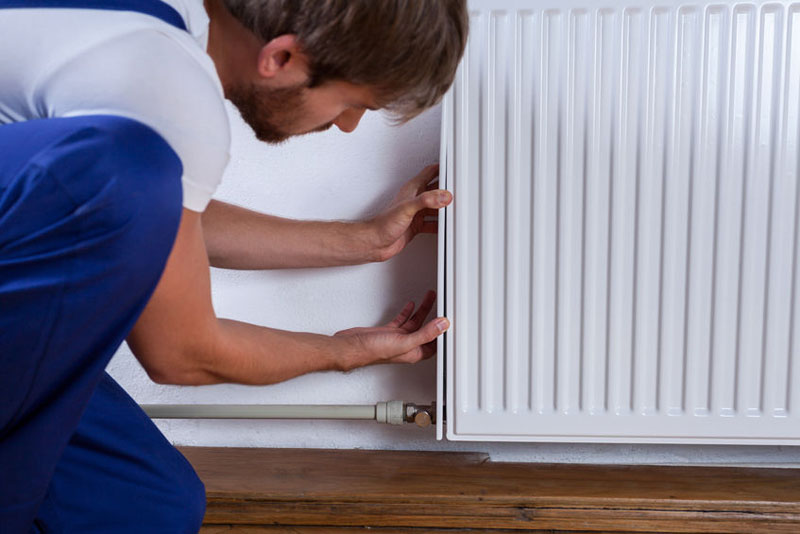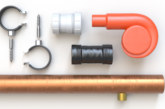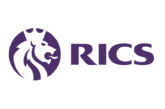
To tackle climate change, the UK has a legal commitment for carbon emissions to be net zero by 2050. This means that high carbon fossil fuels currently used to heat our buildings will need to be replaced with low carbon fuels and technologies. In order to be successful, it will be vital that those working in the industry are a contributory part of this change.
Offering insight into your trade customers, a new survey canvassing the perspectives of heating installers has been launched by industry member organisations, and supported by government. It gave installers, plumbers and heating engineers an opportunity to share their views to help ensure Government understands the opportunities and risks that installers face in the transition to low carbon heating and the challenge of communicating the necessary changes to households and consumers.
Key findings included:
- 90% of respondents work in organisations with less than 10 people and 48% are sole traders.
- A large proportion of respondents were from an older demographic: 82% of respondents were aged 41 or over and 58% were 51 or over.
- 74% of installers do not rate themselves as ‘very confident’ in recommending and choosing the best low carbon options to their customers.
- Just 11.5% of respondents have customers who frequently ask about low carbon heating, renewable energy, or carbon emissions, while 69% say that they are either rarely or never asked.
- Factors that installers rate as very important in influencing the decision to retrain are ‘obligatory training for organisation membership’ (58%), ‘new mandatory installation standards’ (50%), ‘future mandatory installation standards’ (42%) and ‘demand from customers’ (38%).
- Installers believe the best way to increase awareness about the need for renewable heating systems is through communications and marketing.
- Nearly half (41%) of the installers surveyed said that they understand what moving away from high carbon technologies means for their job, but more still needs to be done to raise awareness among installers.
A link to a summary of the survey data is available here









